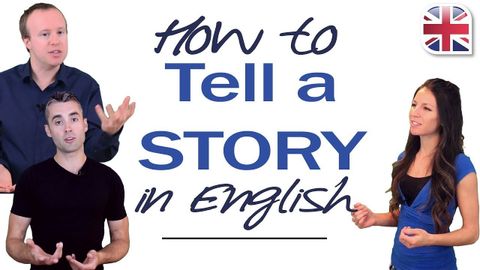
Subtitles & vocabulary
How to Tell a Story in English - Using Past Tense
00
Courage posted on 2020/01/02Save
Video vocabulary
vocabulary
US /voˈkæbjəˌlɛri/
・
UK /və'kæbjələrɪ/
- Uncountable Noun
- Words that have to do with a particular subject
- The words that a person knows
B1TOEIC
More structure
US /ˈstrʌk.tʃɚ/
・
UK /ˈstrʌk.tʃə/
- Noun (Countable/Uncountable)
- The way in which the parts of a system or object are arranged or organized, or a system arranged in this way
- A building or other man-made object.
- Transitive Verb
- To plan, organize, or arrange the parts of something
A2TOEIC
More comment
US /ˈkɑmɛnt/
・
UK /'kɒment/
- Noun (Countable/Uncountable)
- Something you say, giving an opinion; remark
- An explanatory note in a computer program.
- Verb (Transitive/Intransitive)
- To say something that gives your opinion
- To add explanatory notes to a computer program.
A2
More sentence
US /ˈsɛntəns/
・
UK /'sentəns/
- Transitive Verb
- (Of a judge) to decide the punishment of
- Noun
- Official punishment given by a court of law
- Set of words that make a whole statement
A1
More Use Energy
Unlock All Vocabulary
Unlock pronunciation, explanations, and filters
